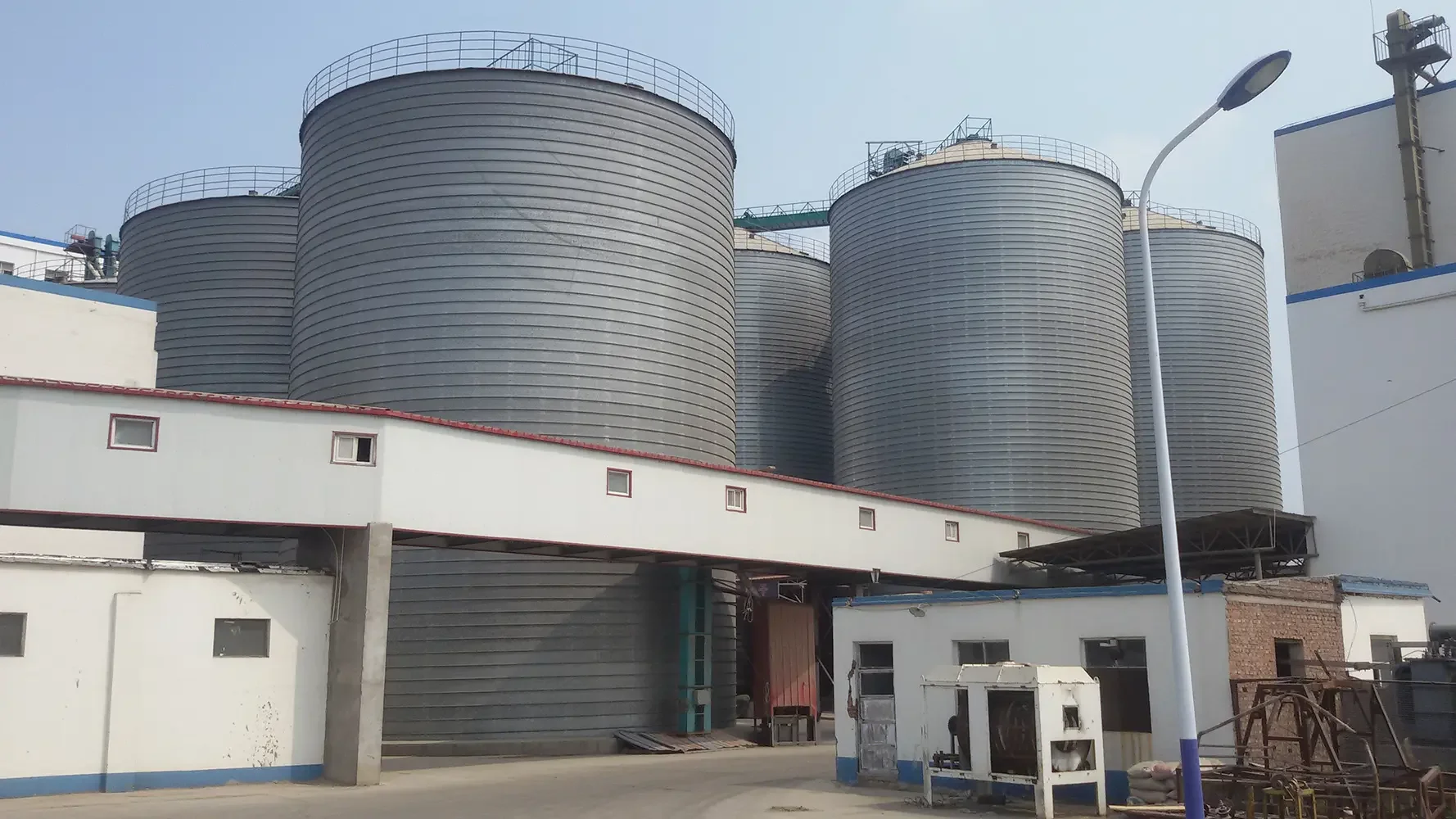In an era where environmental consciousness is at an all-time high, the debate surrounding the use of reusable grocery bags has gained significant traction. As consumers become increasingly aware of the detrimental effects of single-use plastics, many are making the switch to reusable alternatives. However, a pertinent question arises: How many times do you have to use a reusable grocery bag to truly offset its environmental impact? This article delves into the intricacies of this question, exploring the lifecycle of reusable bags, their environmental benefits, and practical considerations for consumers.
Understanding the Lifecycle of Reusable Grocery Bags
To assess the effectiveness of reusable grocery bags, it is essential to understand their lifecycle. Unlike single-use plastic bags, which are typically used for a matter of minutes before being discarded, reusable bags are designed for longevity. Common materials for reusable bags include cotton, polypropylene, and recycled plastics, each with its own environmental footprint.
- Production Impact: The manufacturing process of reusable bags can be resource-intensive. For instance, producing a cotton bag requires significant water and energy, while polypropylene bags, although less resource-heavy, still contribute to carbon emissions during production. Studies suggest that a cotton bag must be used at least 131 times to offset its environmental impact compared to single-use plastic bags.
- Usage Frequency: The frequency of use is a critical factor in determining the sustainability of reusable bags. The more often a bag is used, the lower its per-use environmental impact becomes. For example, if a reusable bag is used just once a week, it would take over two and a half years to reach the threshold of 131 uses. Conversely, if a consumer uses the bag multiple times a week, they can quickly surpass this threshold.
- End-of-Life Considerations: The disposal of reusable bags also plays a role in their overall sustainability. While single-use plastic bags often end up in landfills or oceans, reusable bags can be recycled or repurposed. For instance, many organizations accept old bags for recycling, and some bags can be transformed into other products, further extending their lifecycle.
The Environmental Benefits of Reusable Grocery Bags
The shift from single-use plastic to reusable grocery bags is not merely a matter of numbers; it reflects a broader commitment to sustainability. Here are some key environmental benefits:
- Reduction in Plastic Waste: By using reusable bags, consumers can significantly reduce the number of plastic bags that enter landfills and oceans. According to the Environmental Protection Agency (EPA), millions of plastic bags are used every year, contributing to pollution and harming wildlife.
- Lower Carbon Footprint: Reusable bags, when used frequently, can lead to a substantial reduction in carbon emissions associated with the production and disposal of single-use bags. This is particularly relevant in the context of climate change, where every small action contributes to a larger impact.
- Encouraging Sustainable Practices: The adoption of reusable bags often encourages consumers to adopt other sustainable practices, such as reducing food waste, composting, and choosing eco-friendly products. This holistic approach to sustainability can lead to a more significant positive impact on the environment.
Practical Considerations for Consumers
While the environmental benefits of reusable grocery bags are clear, consumers should also consider practical aspects to maximize their effectiveness:
- Choose the Right Material: Selecting the appropriate type of reusable bag is crucial. For frequent grocery shoppers, sturdy bags made from recycled materials or heavy-duty polypropylene are ideal. For those who prefer a more sustainable option, organic cotton bags can be a great choice, provided they are used frequently.
- Establish a Routine: To ensure that reusable bags are utilized effectively, consumers should develop a habit of keeping them in their vehicles or near the front door. This simple practice can significantly increase the likelihood of using them during shopping trips.
- Educate Others: Sharing knowledge about the benefits of reusable bags can inspire friends and family to make the switch. Community initiatives, such as local workshops or social media campaigns, can further promote the use of reusable bags.
Conclusion: The Path to Sustainable Shopping
In conclusion, the question of how many times you need to use a reusable grocery bag to make a difference is not merely a mathematical equation; it is a reflection of our collective commitment to sustainability. By understanding the lifecycle of reusable bags, recognizing their environmental benefits, and adopting practical strategies for their use, consumers can contribute to a more sustainable future. Ultimately, the goal is not just to reach a specific number of uses but to foster a culture of environmental responsibility that extends beyond grocery shopping. As we navigate the complexities of modern consumerism, every small action counts, and the reusable grocery bag is a powerful symbol of our potential for positive change.






+ There are no comments
Add yours